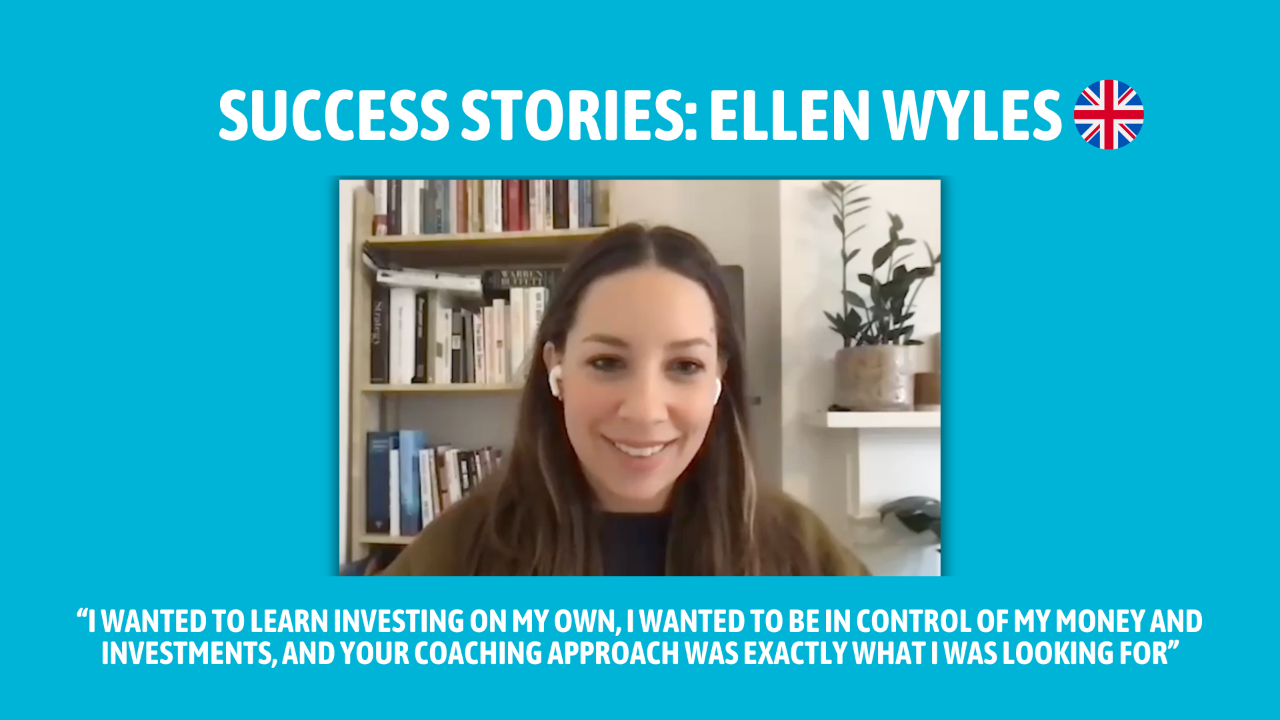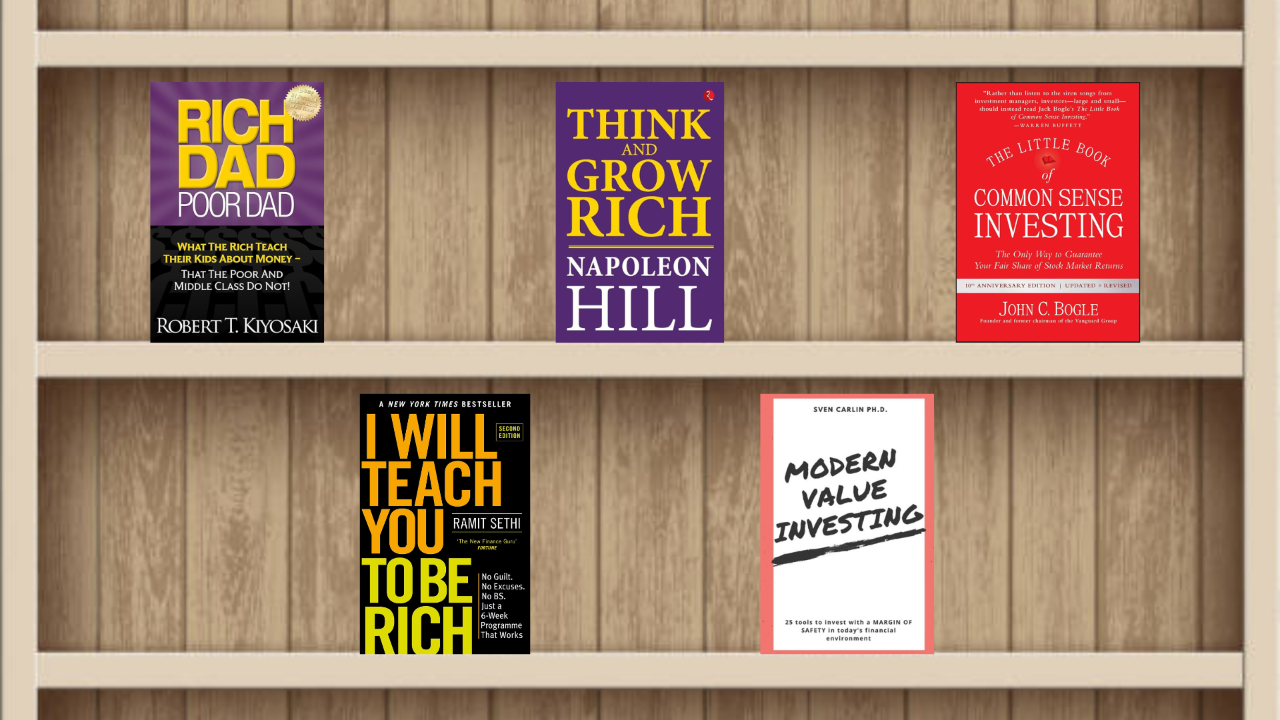
INVESTING COACH EXPLAINS: I have 55K in the bank, how can I make it grow?
Mar 17, 2024Hello Stoic Investors,
Today I am thinking to do something different!
I am going to answer a personal finance question from reddit.
I like this question because I believe that if you're just beginning to invest, you can greatly benefit from this
answer.
This is the post in question:

So the question is:
What's the best way to allocate these $55.000?
1. Have an emergency fund
First, we need to set up an emergency fund, because it keeps us safe if things go wrong.
Imagine if we put all the $55.000 into stocks and suddenly the market crashes. Not good, right?
If you then need cash for an emergency and have no other savings, you'd have to sell those stocks at a loss
and that's something we want to avoid.
The right size for the emergency fund usually means saving up 3 to 6 months' worth of your monthly
expenses.
Deciding on the exact amount depends on your comfort level. If you prefer having a larger safety net, then
aim for the higher side.
This decision varies also based on where you live.
In Europe, with its stronger social support systems, 3 months might be enough. But in the US, where there's
less of a safety net, aiming for 6 months is a safer bet.
Now, let's make some assumptions for his situation:
Given that he lives in US, if his monthly expenses are about $2.500, for a six-month emergency fund he'd
need $15.000 saved up.
2. Use a tax-advantaged account if available
After setting aside an emergency fund, the next step is to consider investing the remaining $40.000.
The first move should be to look into tax-advantaged accounts.
How do you find out about these? Simply search 'tax-advantaged account in my country' on Google.
In the US, there's the Roth IRA, while in the UK, the Stocks and Shares ISA; and in Italy, well, there aren't
really comparable options worth your time.
Let's assume he hasn't used a tax-advantaged account yet.
Since he's in the US, the Roth IRA would be a great choice.
It allows your money to grow tax-free, but there's a problem: as of 2024, you can only contribute $7.000 per
year.
So, out of the $40.000, only $7.000 can go into this account.
3. Open a normal brokerage account
The remaining $33.000 should then be directed into a standard brokerage account.
Just search 'regular investment account' to find options.
This step is important because transferring money into an account isn't the same as investing it.
So if you deposit $7.000 into a Roth IRA, you've merely moved your money; you haven't invested it yet.
And so, in summary, first you max out contributions to a Roth IRA, then allocate the remaining money to a
brokerage account for other investment opportunities.
But you might wonder, "Are we really investing the entire 40K after setting aside the emergency fund?"
Well, the answer depends on your comfort level with investing. If you're not feeling very confident, it's okay
to start slowly.
However, in an ideal world, where emotions don't affect our decisions, investing sooner rather than later is
usually the best strategy.
This is because, over time, the stock market tends to grow.
So the sooner you invest, the more you can gain in the long run.
Now, the next question is:
Where should this money be invested?
It wouldn't be wise to simply say, "Invest your money here," without an understanding of the individual's
situation.
I'll make some guesses about what this person might be aiming for with his investments.
Overall, it seems he wants to set up for long-term financial stability, and he's 26, so I'm going to work on
these two assumptions.
If you are very young and you are okay to keep investing for a decade at least, it always makes sense to
invest fully in stocks, avoiding bonds and other stuff.
I'm saying this because it's smart to invest in things that can give you good money back and can handle ups
and downs.
So if you're planning to invest for more than 10 years, it's okay if the value drops sometimes.
And a lot of people think they're okay with this idea until they actually see their money go up and down a lot.
I've helped over 300 people with my one-on-one coaching program, and they often start out feeling brave
about investing for the long term.
But when they really see their money drop, it can be scary.
That's why I suggest going slow with investing.
Don't rush to put all your money in at once.
It's better to take your time and get used to seeing your investment values change without panicking.
This is my biggest piece of advice.
Starting slow helps you get comfortable with the normal ups and downs of investing.
So, note down these three steps in order to start investing:
1. Set up an emergency fund, because it keeps you safe if things go wrong.
2. Use a tax-advantaged account if available, It can allow your money to grow tax-free.
3. Open a normal brokerage account to actually invest your money.





